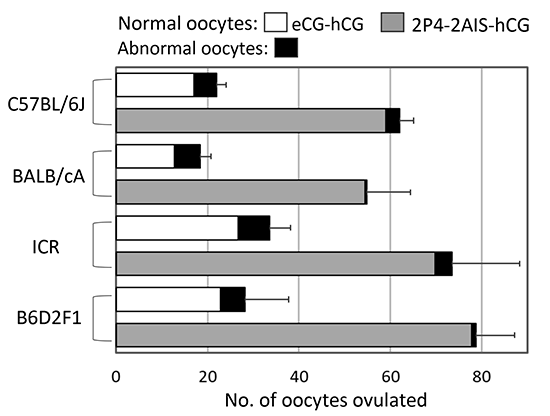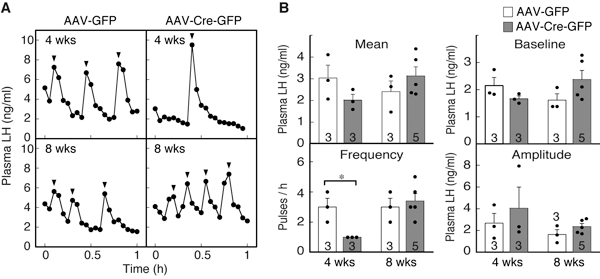- |<
- <
- 1
- >
- >|
-
Article type: Opinions and Hypotheses
2020Volume 66Issue 4 Pages 287-289
Published: 2020
Released on J-STAGE: August 20, 2020
Advance online publication: April 07, 2020Download PDF (599K)
-
Article type: SRD Outstanding Research Award 2019
2020Volume 66Issue 4 Pages 291-297
Published: 2020
Released on J-STAGE: August 20, 2020
Advance online publication: April 06, 2020Download PDF (2258K)
-
Article type: SRD Innovative Technology Award 2019
2020Volume 66Issue 4 Pages 299-306
Published: 2020
Released on J-STAGE: August 20, 2020
Advance online publication: April 19, 2020Download PDF (1229K)
-
Article type: SRD Young Investigator Award 2019
2020Volume 66Issue 4 Pages 307-310
Published: 2020
Released on J-STAGE: August 20, 2020
Advance online publication: April 04, 2020Download PDF (703K) -
Article type: SRD Young Investigator Award 2019
2020Volume 66Issue 4 Pages 311-317
Published: 2020
Released on J-STAGE: August 20, 2020
Advance online publication: April 11, 2020Download PDF (1181K)
-
Article type: Original Article
2020Volume 66Issue 4 Pages 319-329
Published: 2020
Released on J-STAGE: August 20, 2020
Advance online publication: March 20, 2020Download PDF (1831K) -
Article type: Original Article
2020Volume 66Issue 4 Pages 331-340
Published: 2020
Released on J-STAGE: August 20, 2020
Advance online publication: April 11, 2020Download PDF (3462K) -
 Article type: Original Article
Article type: Original Article
2020Volume 66Issue 4 Pages 341-349
Published: 2020
Released on J-STAGE: August 20, 2020
Advance online publication: March 26, 2020Editor's pickCover Story:
Spermatogonial stem cells (SSCs) comprise merely a small population in the testis. To facilitate studies on SSCs, it is necessary to find markers that are expressed thereon. Kanatsu-Shinohara et al. discovered a new surface marker on mouse and rat SSCs known as cluster of differentiation 2 (CD2) while studying the molecular mechanism of SSC aging (Kanatsu-Shinohara et al. CD2 is a surface marker for mouse and rat spermatogonial stem cells. pp. 341–349). Using a fluorescence-activated cell sorter, SSCs were enriched by 291.9-fold compared to those in wild-type mouse testes, based on CD2 expression. CD2 depletion by short hairpin RNA in cultured SSCs compromised their stem cell activity. Conserved CD2 expression on mouse and rat SSCs suggest that CD2 may also be expressed on SSCs from other animal species, including humans.Download PDF (13679K) -
Article type: Original Article
2020Volume 66Issue 4 Pages 351-357
Published: 2020
Released on J-STAGE: August 20, 2020
Advance online publication: April 12, 2020Download PDF (1660K) -
Article type: Original Article
2020Volume 66Issue 4 Pages 359-367
Published: 2020
Released on J-STAGE: August 20, 2020
Advance online publication: April 20, 2020Download PDF (1775K) -
Article type: Original Article
2020Volume 66Issue 4 Pages 369-375
Published: 2020
Released on J-STAGE: August 20, 2020
Advance online publication: April 26, 2020Download PDF (3979K) -
Article type: Original Article
2020Volume 66Issue 4 Pages 377-386
Published: 2020
Released on J-STAGE: August 20, 2020
Advance online publication: April 22, 2020Download PDF (2434K) -
Article type: Original Article
2020Volume 66Issue 4 Pages 387-397
Published: 2020
Released on J-STAGE: August 20, 2020
Advance online publication: April 28, 2020Download PDF (3466K)
- |<
- <
- 1
- >
- >|












